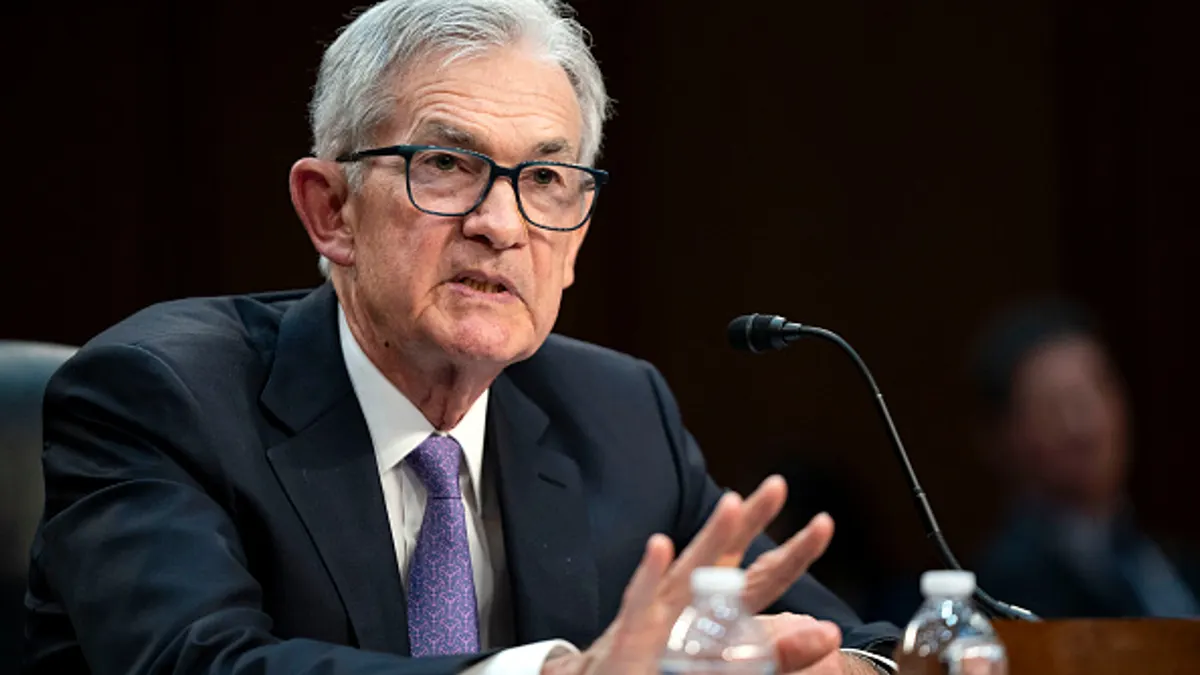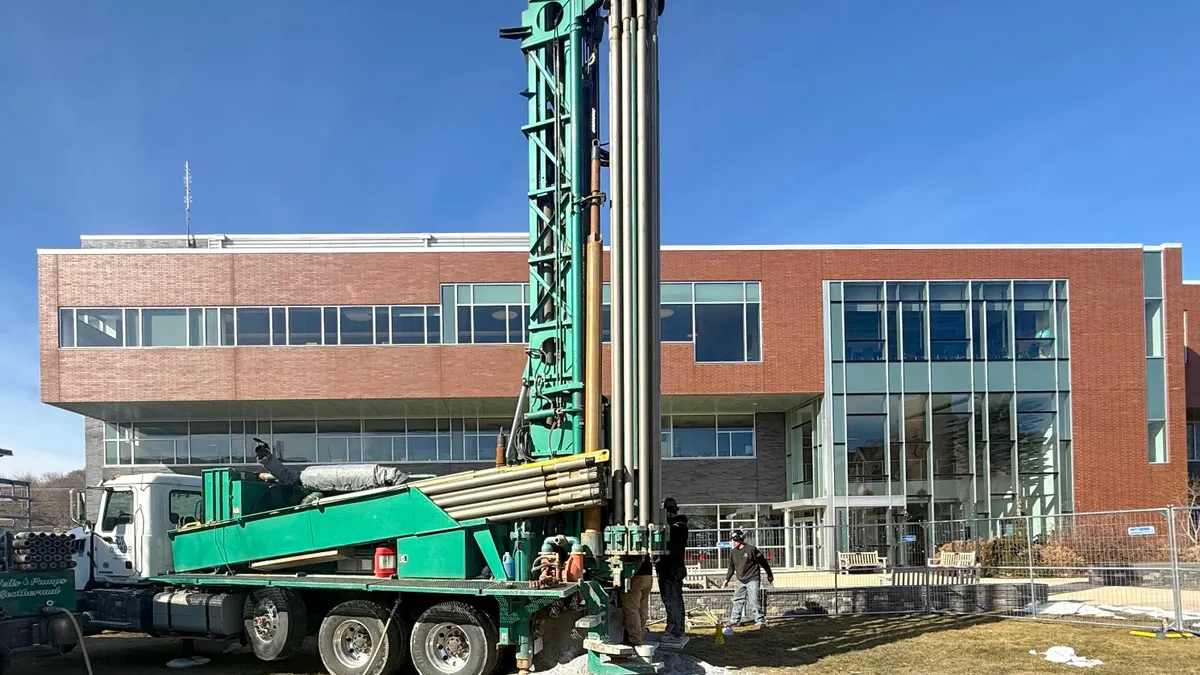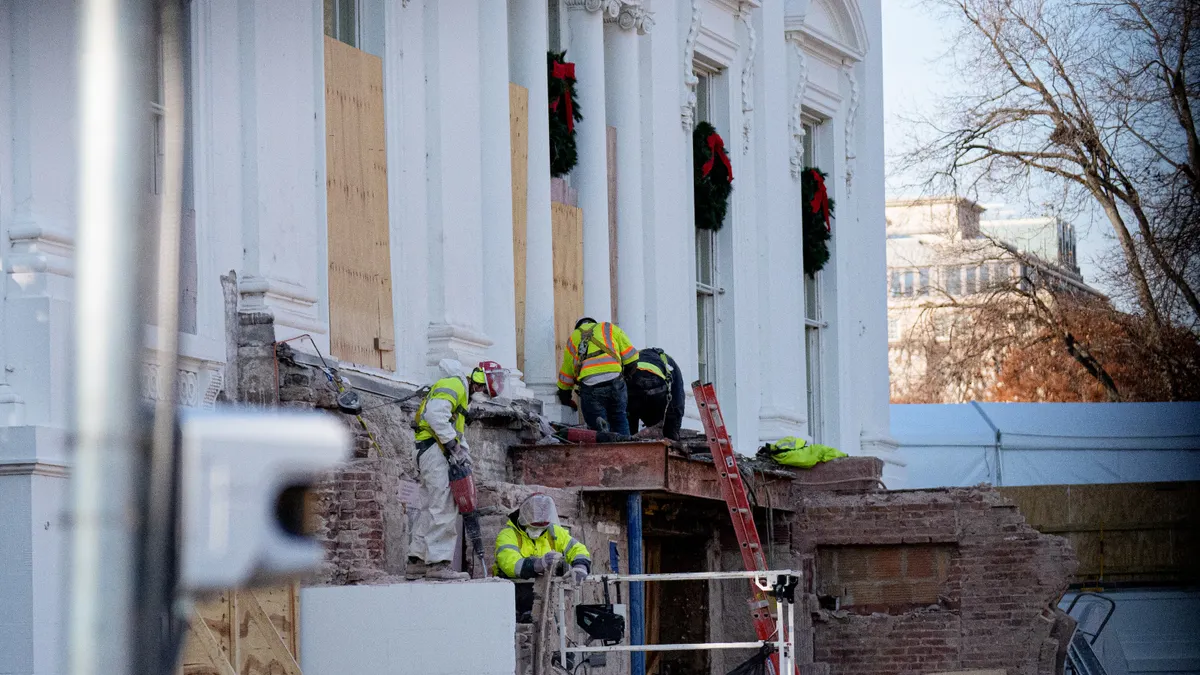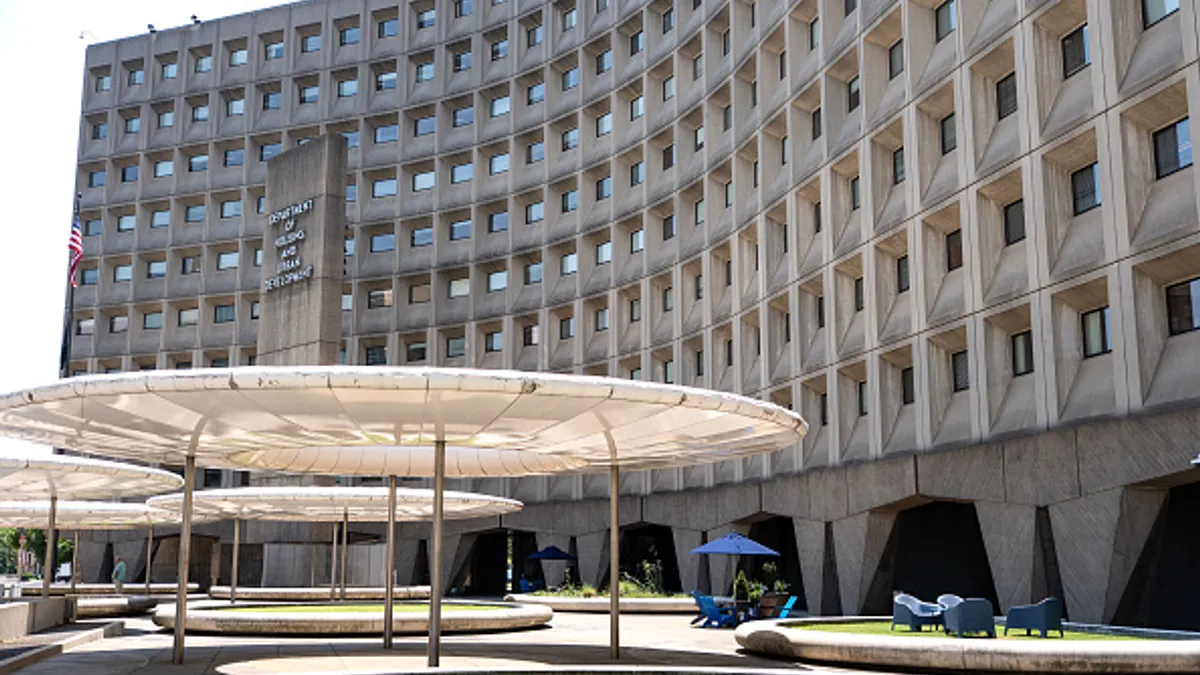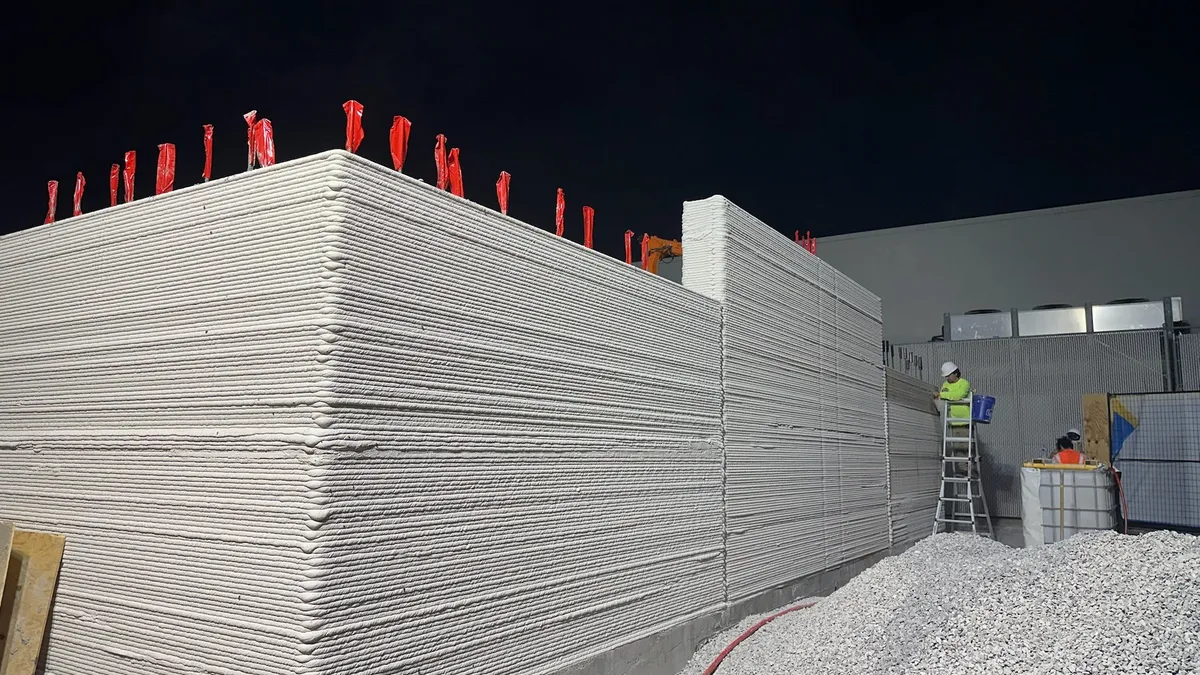Cost overruns incurred by the Federal Reserve on the renovation of its headquarters and two other buildings it owns in Washington, D.C., are the kind of thing building owners frequently deal with when undertaking complex construction projects but Trump administration officials are giving them a high-profile examination, The Wall Street Journal reports.
The agency in 2019 said it was spending about $1.9 billion on the renovations but that cost ballooned almost 35% to $2.6 billion after the agency switched gears on aspects of the sprawling project, the Journal said.
Among other things, the agency added high-cost below-ground square footage to its office building adjacent to its historic headquarters to offset space it lost after the U.S. Commission of Fine Arts asked it to nix plans for a five-story tower addition. That commission and the National Capital Planning Commission share jurisdiction for reviewing building plans in Washington.
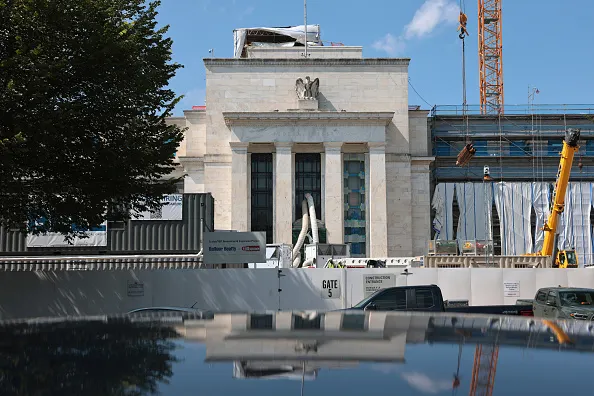
Once construction began, the general contractor came across unexpected asbestos in the building, toxic soil contamination and a higher-than-expected water table, the Journal said.
Inflation was a problem, too. Budget documents released at the end of last year showed “significant increases” in the cost of steel, cement, wood and other materials that “far exceed standard cost escalations,” the Journal reported.
There was also a costly disruption when the agency fired the original architectural and engineering firm it had hired to work on one of the buildings after the Fed’s inspector general called out the firm’s performance.
Academics and others are concerned the Trump administration is using the cost overruns to shine an unflattering spotlight on the Fed chair, Jerome Powell, whom President Trump has said he’d like to replace for his unwillingness to lower interest rates. Powell was appointed by Trump in his first term and is slated to serve until his appointment as chair ends in May 2026.
“We are in a high-stakes moment in the history of the Federal Reserve,” Peter Conti-Brown, a Fed scholar at the University of Pennsylvania, said in a July 11 Journal report. “It seems clear to me that the Trump administration, using various mechanisms, [has] now cooked up a post-hoc explanation for Powell’s removal.”
The White House budget director Russ Vought blasted the overruns in a social media post earlier this month, calling them double the cost for renovating an ordinary historic federal building, at $1,923 per square foot. He reproduced a letter he had sent Powell questioning the veracity of testimony the Fed chief had given earlier in June in a Senate hearing. Among other things, Vought questioned why the Fed chief didn’t notify the National Capital Planning Commission when it decided to replace the five-story addition with the below-ground space.
Powell responded with a letter saying the commission had no financial oversight over the project so the Fed wasn’t required to give it notice.
A Fed official later told the Journal the Fed’s external building manager hadn’t advised the agency that any of the planned changes needed to be submitted to the commission.
At the time of the exchange between Vought and Powell, the administration appointed to the planning commission several Trump advisors, including White House Deputy Chief of Staff Michael James Blair, who in mid-July likened Powell to Marie Antoinette on social media for what he called design excesses in its plans.
“Let them eat basis points,” Blair posted.
“At a time when the Fed is running an operating deficit, maintains high interest rates, and is receiving significant public scrutiny, one has to wonder whether the so-called ‘Taj Mahal near the National Mall’ project is in the best interests of the board & the public it serves,” Blair said in another post.
The excesses Blair and other critics were looking at included a “high-gloss finish” on the five-story addition that was later abandoned, according to the Journal.
Looked at in its most negative light, the public grilling and criticism could be a “dangerous step toward manufacturing a legal justification for Powell’s removal,” said the Journal, paraphrasing Conti-Brown.
Lawmakers have warned against firing the Fed chair. “The consequences of firing a Fed chair … will be to undermine the credibility of the United States going forward,” Sen. Thom Tillis (R-N.C.) said on the Senate floor earlier this month. “If it happens, you are going to see a pretty immediate response, and we’ve got to avoid that.”
The U.S. Supreme Court in May indicated in a ruling the president can only fire the Fed chair for cause – typically dereliction of duty or malfeasance in office, according to academics – and Trump has said, although he’s unhappy with Powell’s performance, he’s unlikely to seek his dismissal. The ruling concerned the president’s authority to fire other officials but singled out the Fed chair as an exception.
“The Federal Reserve is a uniquely structured, quasi-private entity that follows in the distinct historical tradition of the First and Second Banks of the United States,” the ruling said.
But given their high profile criticism directed at the renovation project, Trump officials appear to be trying other means to coax Powell out, according to the Journal.
“The building brouhaha echoes an effort by President Richard Nixon ahead of the 1972 election to put pressure on his Fed chair, Arthur Burns, to keep interest rates low by planting a false story in the press that Burns was seeking a pay raise at the same time he was proposing national wage and price controls,” the Journal said.


